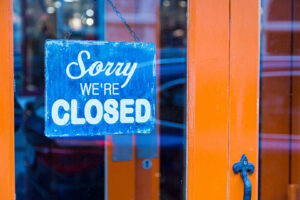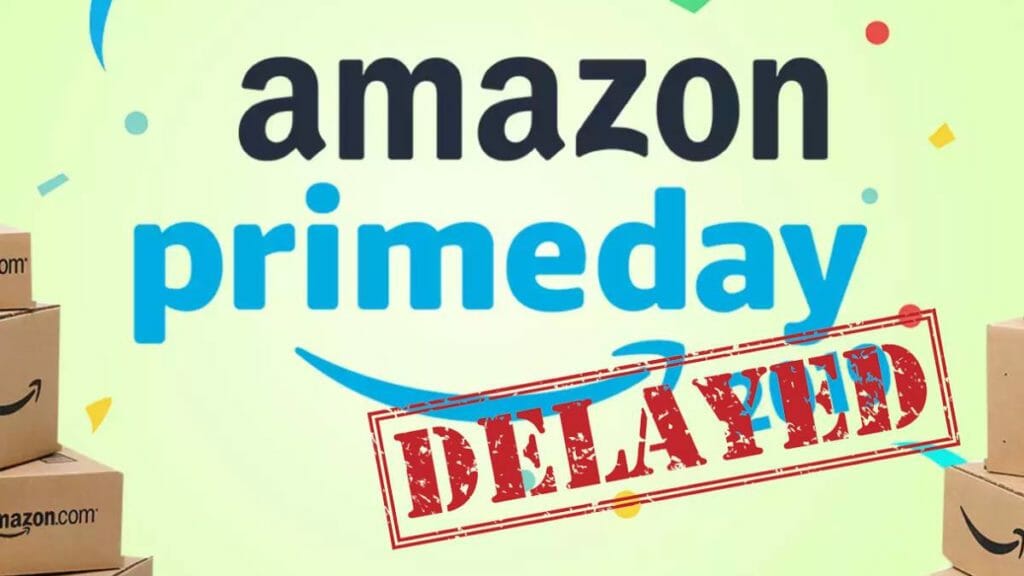
With the first half of the year finally behind us, we know one thing for sure: ecommerce has never been more of a driving force for retail. As retailers and brands turn their focus to making their ecommerce strategy more resilient and adaptable, there are some external factors that will ultimately impact decision-making for the next half of the year and Rithum wants you to be ready.
COVID-19 continues to be a significant consideration in terms of both growth and contraction in ecommerce. Overall, Rithum performance data showed a 100% revenue growth YoY among our clients in April-May time period and that’s good news. But some categories such as travel and formal/business apparel were hit hard through the first half of the year, and challenges may continue to stress these categories.
When looking toward the second half of the year, we are seeing both factors that can spur growth and those that may cause businesses to grind to a halt. Here we take a closer look at these factors and identify tactics to help you navigate the remainder of the year.
Prepare for a resurgence of COVID–19

As most states have begun to open up businesses, case numbers have surged. Fall will also bring flu season, and the potential for infection numbers to continue to grow. The prospects of another round of stay-at-home orders and/or brick–and–mortar retail closures are reasonable to assume.
Should this occur, consider the following:
- Do your products sell well when people need to stay home? If you sell puzzles, DIY/crafting supplies, or other products that see demand growth when people stay home, ensure that you have adequate inventory on hand to meet the demand.
- If your store closes, do you have an alternative method of generating sales? Any solution to add new channels or fulfillment programs, not to mention supply chain and logistics improvements, must be started well in advance of the upcoming holiday season. If your retail stores are closed, consider adding drop–ship capabilities and marketplace channels to diversify your revenue sources. Learn more about the key advantages of a strategic drop–ship program here.
- How will you respond if your warehouse is impacted? Even with the most diligent sanitizing regimens, the potential for infection within your warehouse is possible. Diversity of fulfillment operations can help offset the loss of a warehouse within your network. Partnering with an experienced third-party logistics provider (3PL) can help you reduce the length of your delivery promise, participate in expedited delivery programs like Amazon’s Seller Fulfilled Prime or Walmart’s Free 2-day/3-day Shipping program, and provide you with multiple warehouses in strategic locations to maintain listing availability and increase your expedited delivery population coverage. Our Rithum Flash program launched in collaboration with Ingram Micro Commerce & Lifecycle Services is designed to help you do all of these things seamlessly.
Seasonality is going to be different this year

Back-to-school will be anything but back-to-typical. As localities determine the best way to return to the classroom, there are expectations that some amount of virtual/distance learning will be part of the 2020-2021 school year. As families adapt to this new environment, expect to see impacts to purchasing patterns for home office and school supplies. Back-to-school clothes shopping may also be impacted. Economic uncertainty may change purchasing priorities and patterns. Brands and manufacturers should continue to look for ways to produce and offer products that are seeing demand such as personal protective equipment, home office supplies and electronics to facilitate distance learning.
Peak will be VERY peak. While holiday parties may not be as prevalent this year, ecommerce generally will continue to see significant growth. Peak season will be magnified by social distancing limitations on physical retail. If stay-at-home orders are also in effect, logistics will be stressed. Expect that all carriers will have service disruptions and delays during peak and this will happen despite any well-intentioned efforts for planning. Capacity and resources are finite and time consuming to overcome.
If you have a preferred carrier, start talking about peak planning with your representative now. If you are only using one carrier, now would be a great time to establish a second and third option. While splitting up your order volume may weaken your rate negotiating position, having the ability to move from one carrier to three to limit fulfillment delays may protect your seller metrics and brand reputation.
Consider warehouse expansion and or a 3PL. By staging high velocity products in multiple locations, close to large population centers, you reduce the distance to your buyer, limiting delays. Understanding carrier capacity in a region of the country, along with carriers’ expedited delivery coverage, availability of warehouse resources, and availability and cost of warehouse space are key factors to consider when expanding your own fulfillment network. If you partner with a 3PL, they should help you understand each of these dynamics when deciding how to integrate into their network.
Competition is growing
As brands and manufactures adapt to the shift to ecommerce, marketplaces are becoming more competitive. Advertising is already a huge differentiator between products that move and those that drag. The combination of increased online traffic resulting from COVID–19 and the emergence of new brands and manufacturers in ecommerce will make it even more important to have a well-defined digital advertising strategy across marketplace, search, and social.
Your advertising strategy should start now to give you every opportunity to grow brand awareness and relevancy before peak online traffic hits. You’ll be able to optimize campaigns well in advance of peak season volumes to ensure you’re using your ad budget efficiently when you need it most. Having a trusted ad partner like Rithum can help you plan for peak while also providing insights into ad channels that can help you make informed decisions about where to apply your ad spend for maximum impact. Watch our Sustain Sales and Drive Growth During Instability with Paid Advertising webinar to learn how to effectively plan your digital ad spend.
Prime Day postponed again

Prime Day had become a major shopping holiday that provided much needed retail revenue during an otherwise quiet summer and not just for Amazon. Last year’s Prime Day held over two-days (July 15-16) impacted sales at large retailers (those with one billion dollars or more in annual revenue) with an increase of 64% (on day one) compared to an average Monday and niche retailers (those with less than $5 million in annual revenue) saw their ecommerce revenue rise 30%.
Originally delayed from July to September, CNBC recently reported that Amazon is postponing Prime Day to October because of COVID-19. If Amazon determines that October Prime Day is not feasible, it would most likely be cancelled outright. With Black Friday and Cyber Monday the following month, Amazon may opt to preserve the integrity of those shopping days by not scheduling Prime Day in the same month. Decisions and timelines are changing quickly, so identifying and reacting to these changes can help you take advantage of opportunities that are a moving target. This also means that if Prime Day 2020 is a no-go, you need to determine other ways to attract and retain customers and meet their shifting demands.
 Back to all
Back to all








